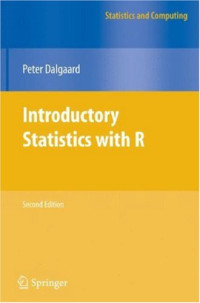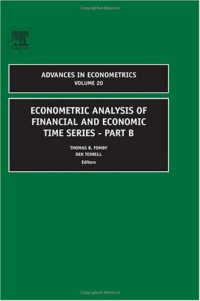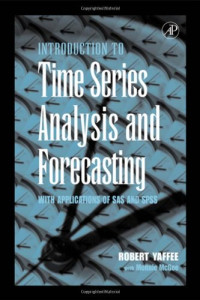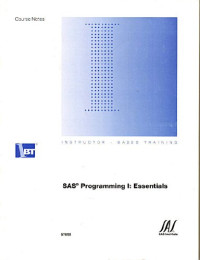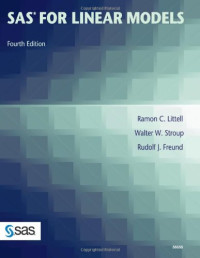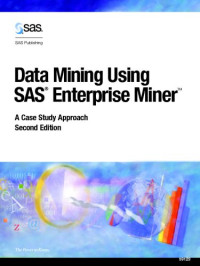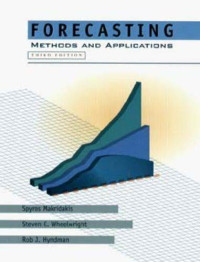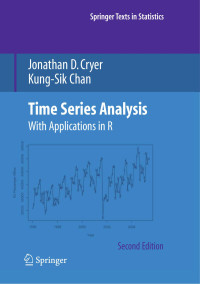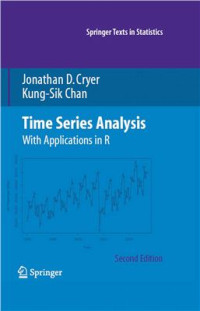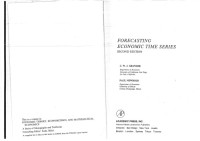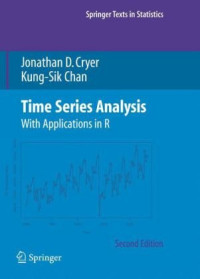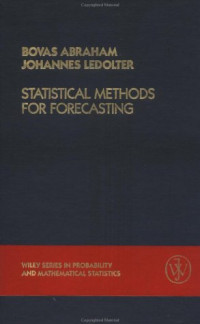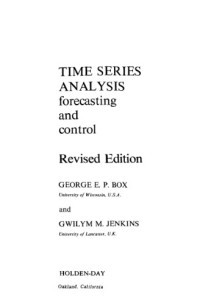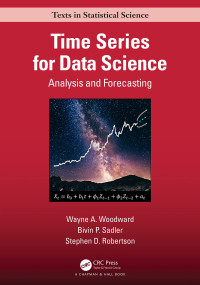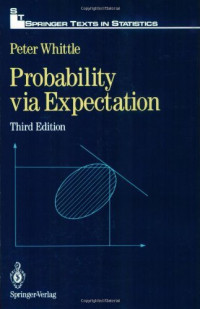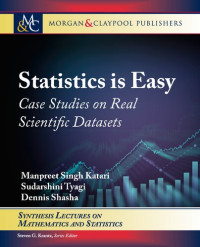
SAS for Forecasting Time Series
John C., Ph.D. Brocklebank, David A. Dickey
Книга SAS for Forecasting Time Series SAS for Forecasting Time Series Книги Математика Автор: John C., Ph.D. Brocklebank, David A. Dickey Год издания: 2003 Формат: pdf Издат.:SAS Publishing Страниц: 420 Размер: 5,3 ISBN: 1590471822 Язык: Английский0 (голосов: 0) Оценка:In this second edition of the indispensable SAS for Forecasting Time Series, Brocklebank and Dickey show you how SAS performs univariate and multivariate time series analysis. Taking a tutorial approach, the authors focus on the procedures that most effectively bring results: the advanced procedures ARIMA, SPECTRA, STATESPACE, and VARMAX. They demonstrate the interrelationship of SAS/ETS procedures with a discussion of how the choice of a procedure depends on the data to be analyzed and the results desired. With this book, you will learn to model and forecast simple autoregressive (AR) processes using PROC ARIMA, and you will learn to fit autoregressive and vector ARMA processes using the STATESPACE and VARMAX procedures. Other topics covered include detecting sinusoidal components in time series models, performing bivariate cross-spectral analysis, and comparing these frequency-based results with the time domain transfer function methodology. New and updated examples in the second edition include retail sales with seasonality, ARCH models for stock prices with changing volatility, vector autoregression and cointegration models, intervention analysis for product recall data, expanded discussion of unit root tests and nonstationarity, and expanded discussion of frequency domain analysis and cycles in data.
Категории:
Година:
2003
Издателство:
SAS Publishing
Език:
english
Страници:
418
ISBN 10:
1590471822
ISBN 13:
9781590471821
Файл:
PDF, 18.50 MB
IPFS:
,
english, 2003
 Amazon
Amazon  Barnes & Noble
Barnes & Noble  Bookshop.org
Bookshop.org  Конвертиране на файлове
Конвертиране на файлове Още резултати от търсенето
Още резултати от търсенето Други предимства
Други предимства 